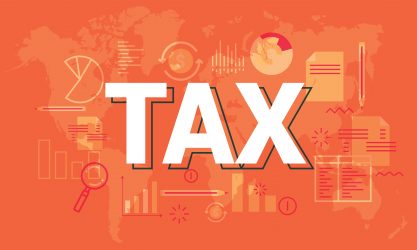
The “tax gap” – the difference between what should be paid and what is actually paid – has fallen to its lowest recorded rate, new figures have revealed.
HM Revenue & Customs (HMRC) said the record is a collaborative result of increased enforcement and improved digital systems.
According to the report, the tax gap fell from 7.5 per cent in the tax year 2005/6 to 4.7 per cent in the tax year 2018/19, representing around £31 billion in missing taxes and levies. Around £8.5 billion of that is attributed to taxpayer “error and failure to take reasonable care”.
For the first time, a stand-alone tax gap for wealthy taxpayers has also been included in the report. Currently standing at £1.7 billion, HMRC claims the wealthy tax gap is the “smallest proportion” of the total tax gap by taxpayer demographic.
Commenting on the figures, HMRC said innovative tools, such as Making Tax Digital (MTD), have helped businesses reduce errors and improve financial reporting, closing the tax gap as a result.
This is reflected in the figures, with the VAT gap falling from 14 per cent in 2005/6 to seven per cent in 2018/19. The gap for the collection of Income Tax, National Insurance contributions (NICs), Capital Gains Tax (CGT), excise duty, and Corporation Tax also fell.
More than 100 new measures to tackle avoidance and non-compliance, meanwhile, secured a “record” 34.1 billion in tax which would have otherwise slipped through the cracks.
“More than 95 per cent of the tax due was paid in 2018 to 2019. HMRC’s aim is for everyone to pay the tax that is due, no matter who they are,” said HMRC’s Chief Executive Jim Harra.
“Our role is increasingly about making it straightforward for taxpayers to get it right, first time, while also tackling the minority who deliberately set out to cheat the system. I’m pleased that we’re now able to share more information about who pays what.”
For advice on paying and reporting tax, please get in touch with our expert team today.

